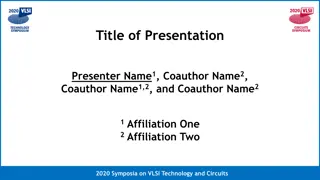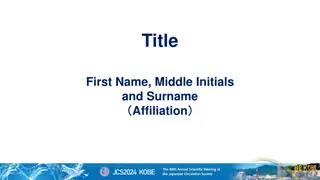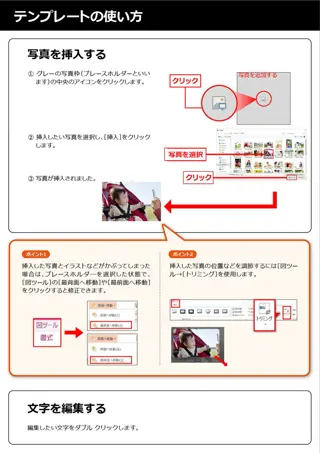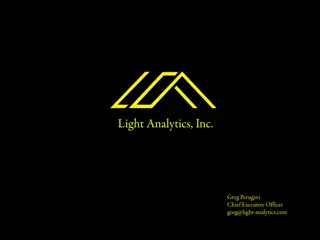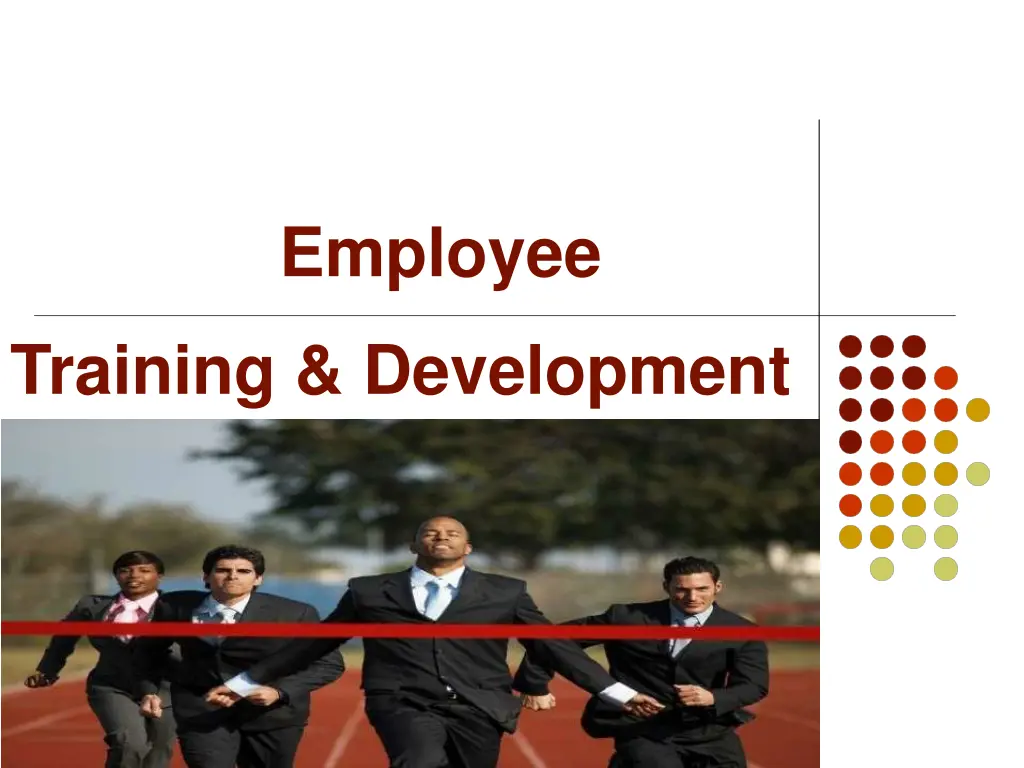
Effective Employee Training and Development Strategies
Enhance your organization's performance by understanding the key challenges and benefits of training and development. Explore the stages of the training process, from needs assessment to evaluation, and discover how to plan a successful training program.
Download Presentation

Please find below an Image/Link to download the presentation.
The content on the website is provided AS IS for your information and personal use only. It may not be sold, licensed, or shared on other websites without obtaining consent from the author. If you encounter any issues during the download, it is possible that the publisher has removed the file from their server.
You are allowed to download the files provided on this website for personal or commercial use, subject to the condition that they are used lawfully. All files are the property of their respective owners.
The content on the website is provided AS IS for your information and personal use only. It may not be sold, licensed, or shared on other websites without obtaining consent from the author.
E N D
Presentation Transcript
Employee Training & Development
Why training & development? Key challenges for organizations: Compete Improve quality & customer service Cost reduction Enhance productivity Adaptation to technology
Training vs Development Job related abilities, application driven and help improve performance on currently held job Help person to grow and enhance future responsibilities and performance Individual, job and career enhancement Immediately useful Short term periodic process Long term ongoing process
Steps in training process 2. 4. 1. 3. 6. Ensure employ ee readin ess Select training method & material Trainin g needs assess- ment 5, 7. Create learning environ- ment Ensure transfer of training Conduct training Evaluate training
System model of training process Evaluation Diagnosis Development Delivery Develop criteria Identify needs Ensure learning readiness & environment Derive objectives Develop material/ models & choose methods Conduct evaluation Conduct training
1. Training needs assessment Determine required training New employees Current employees Organization Analysis Job/ Task Analysis Individual/ Person Analysis
1. Training needs assessment Organizational analysis Company strategy & goal Training budget/ resources HRIS data on KASOCs Customer survey & records Person analysis Person characteristics Performance appraisal data Feedback Task analysis Select jobs Develop preliminary list of tasks performed on the selected jobs Identify the knowledge, skills, & abilities required to successfully perform each task
Planning the training program Planning begins with establishing objectives for the training program. Based on those objectives, the planner decides: Who will provide the training What topics the training will cover What training methods to use How to evaluate the training
2. Ensure employee readiness Review basic principles of how individuals learn & integrate in design Address issues to maximize transfer of learning Design program to meet adult learning Conditions for learning Trainability Ability to learn Desire/Motivation to learn Support of trainees & others Understand the value of training (intrinsic & extrinsic benefits) Opportunities for practice in work environment Awareness of training needs, career interests & goals
3. Create learning environment Learning requires effective practice sessions Provide sufficient practice time Distribute practice sessions over multiple days Allow time for overlearning Conditions for learning environment Whole vs Part learning Break down complex task Combine part learning with whole learning Massed vs Spaced practice Provide feedback to correct mistakes Over-learning Increases retention & makes behavior & skills more automatic
4. Training methods Two categories 1. Informational Transmittal in nature Uses one way communication 2. Experiential Interactional in nature Uses two way communication
5. Conduct training Types of training Threshold/ Orientation training Continuing or Refresher training Remedial training Upgrading training Retraining Cross training/ upscaling training Re-entry training
6. Ensure transfer of learning On-the-job use of knowledge, skills, and behaviors learned in training Consider climate for transfer situations before, during and after training Can be measured by asking employees three questions about specific training tasks: 1. Do you perform the task? 2. How many times do you perform the task? 3. To what extent do you perform difficult and challenging learned tasks?
7. Evaluation of training Measuring individual and group performance Plenty of methods to evaluate Costly to measure
Why bother with training evaluation? Training evaluation enables you to identify ways in which you can improve your training. Training evaluation enables you to determine that your training is aligned with business objectives. Training evaluation enables you to demonstrate the value that training is adding to the companies bottom line etc.
Kirkpatricks four levels Results Behaviour Learning Reaction
4. Training methods 1. Informational Lecture Audio Visual Self directed learning Independent study eLearning 2. Experiential On the job training (OJT) Coaching, mentoring, job rotation, apprenticeship Computer based training (CBT) Distance learning program
Lectures Traditional Technique Introductory materials on new knowledge, ideas or an ice breaker Method is combined with audio visual, group discussions for more effective and interesting. Low cost Limitations: passive, depends on trainer s ability to make session interesting.
Audio visuals Effective mean of conducting training Boost moral Slides, movies, video clips, teletraining, video conferencing. Lots of training program with geographical dispersed population Allows for replay and lots of versatility in training.
Independent Studies Not applicable for all jobs Trainee are free to complete their job at their own pace More research and more education based facilities i.e. Library, departments have to be build. Limitation: Though no continual evaluation by training i.e. More prone to demoralized.
OJT: Job Rotation CUSTOMER SERVICE DEPARTMENT TELLER DEPARTMENT TREASURY DEPARTMENT CREDIT DEPARTMENT






